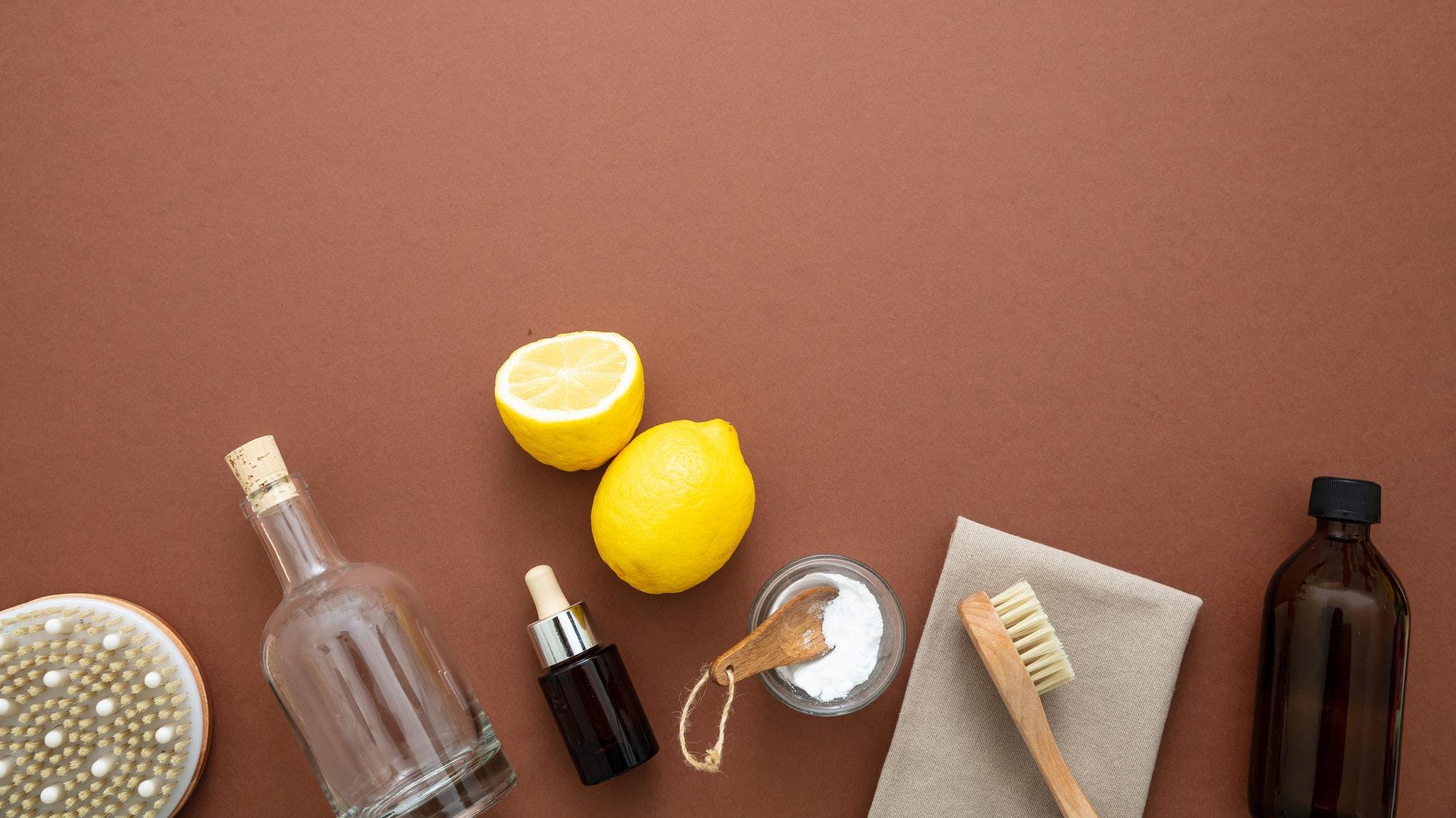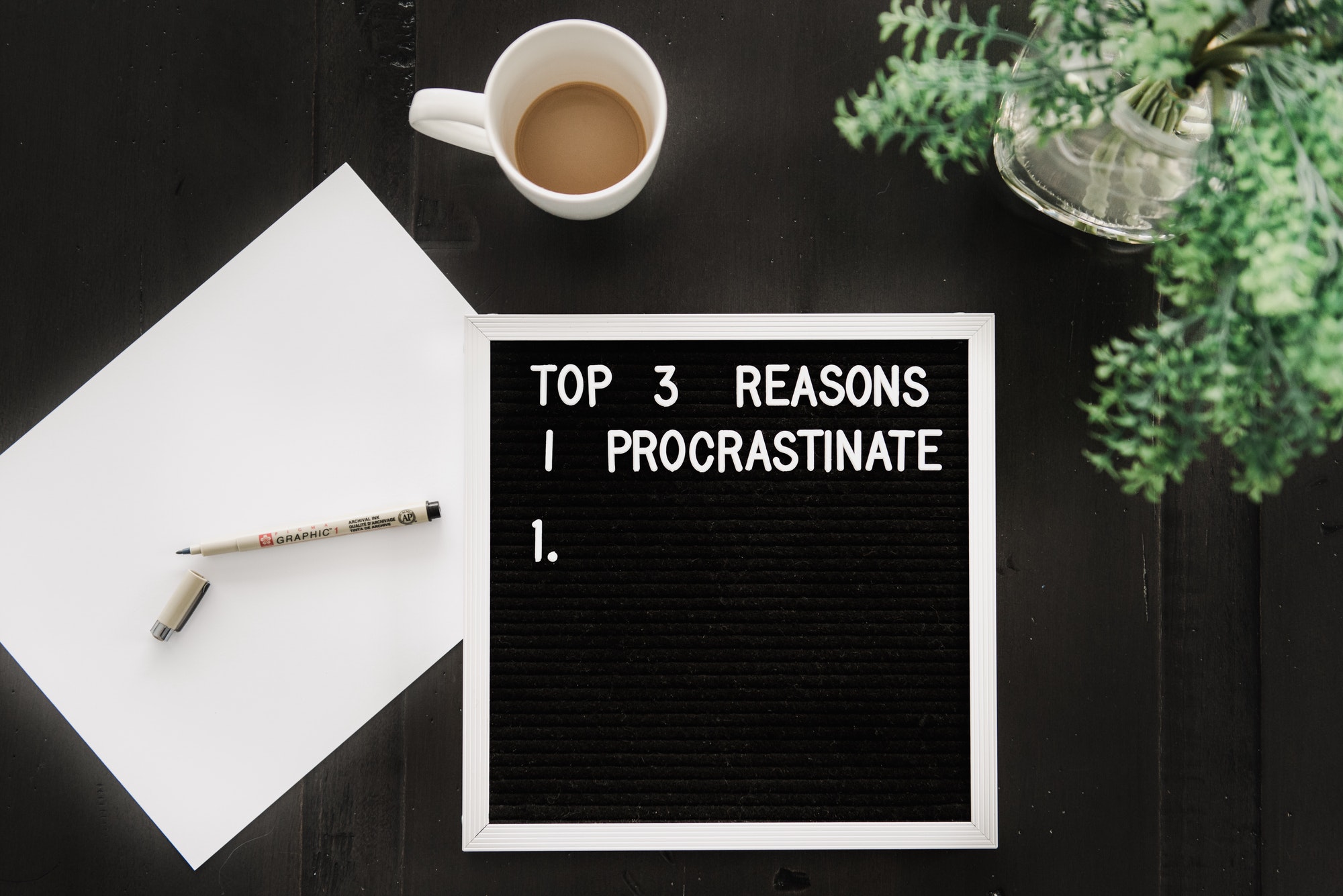Trauma is a difficult and painful experience that can have long-lasting effects on an individual’s mental and emotional well-being. Healing from trauma is a process that takes time and can be challenging, but it is possible to move forward and lead a healthy life. Here are some tips for coping and moving forward after experiencing trauma.
Seek professional help
Trauma can have a profound impact on an individual’s emotional and mental well-being, and it’s important to have the support of a qualified professional. A therapist or counselor can help you to process and cope with your trauma, and can also provide you with tools and strategies for managing symptoms such as anxiety and depression.
Take care of yourself physically
Trauma can take a toll on the body, and it’s important to practice self-care and self-compassion. This can include getting enough sleep, eating a healthy diet, and engaging in regular exercise. Taking care of your physical health can help to improve your overall well-being and can also help to reduce symptoms of trauma.
Establish a sense of safety and control
Trauma can make an individual feel out of control and vulnerable. Establishing a sense of safety and control can help to reduce feelings of anxiety and can also help to improve overall well-being. This can include creating a safe and comfortable environment, engaging in activities that provide a sense of accomplishment, and setting realistic goals for yourself.
Connect with others
Trauma can make an individual feel isolated and alone. Connecting with others can help to reduce feelings of isolation and can also provide a sense of support and understanding. This can include talking to friends and family members, joining a support group, or participating in community activities.
Practice mindfulness and self-compassion
Mindfulness involves being present in the moment and paying attention to your thoughts, feelings, and bodily sensations. It can help to reduce symptoms of anxiety and depression, and can also help to improve overall well-being. Practicing self-compassion involves being kind and understanding to yourself, even when things don’t go as planned.
In conclusion, healing from trauma is a process that takes time and can be challenging. However, it is possible to move forward and lead a healthy life. Seeking professional help, taking care of yourself physically, establishing a sense of safety and control, connecting with others, and practicing mindfulness and self-compassion are all important steps in the healing process. Remember that healing is not a linear process, and it’s important to be patient and compassionate with yourself. It’s also important to remember that healing is possible, and that it’s never too late to seek help and begin the process of healing.
It’s important to understand that everyone’s experience with trauma is different, and there is no right or wrong way to heal. Some individuals may find that traditional therapy works best for them, while others may prefer alternative approaches such as art therapy or yoga. What is important is that you find the approach that works best for you and that you feel comfortable with.
It’s also important to recognize that healing from trauma is a lifelong process, and that it’s normal to have setbacks and triggers along the way. It’s important to have a support system in place and to have a plan for coping with difficult emotions and situations.
In summary, healing from trauma takes time, but with the right support and approach, it is possible to move forward and lead a healthy life. Remember to seek professional help, take care of yourself physically, establish a sense of safety and control, connect with others, practice mindfulness and self-compassion, and be patient and compassionate with yourself. It’s important to remember that healing is possible and that you are not alone in this journey.









